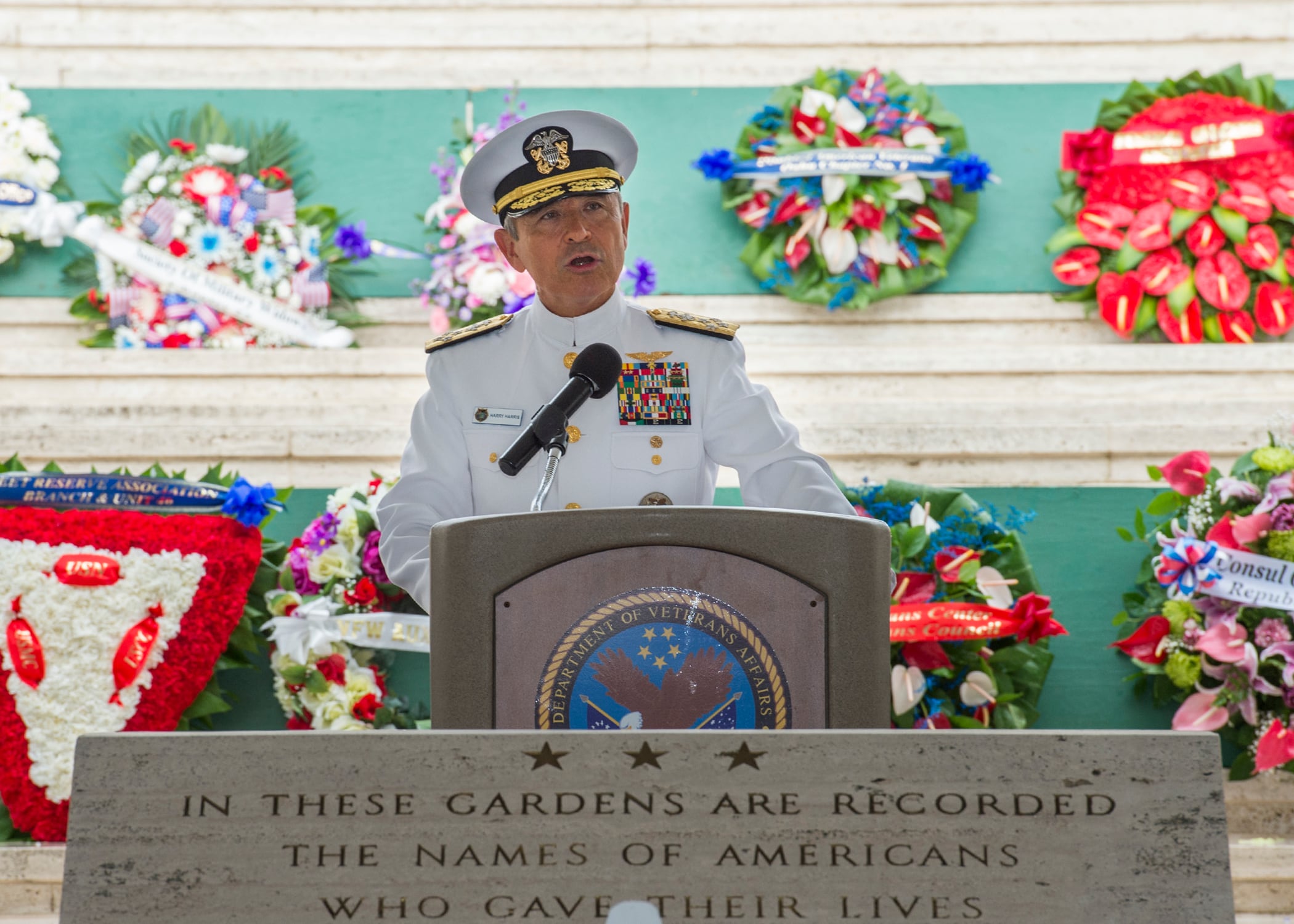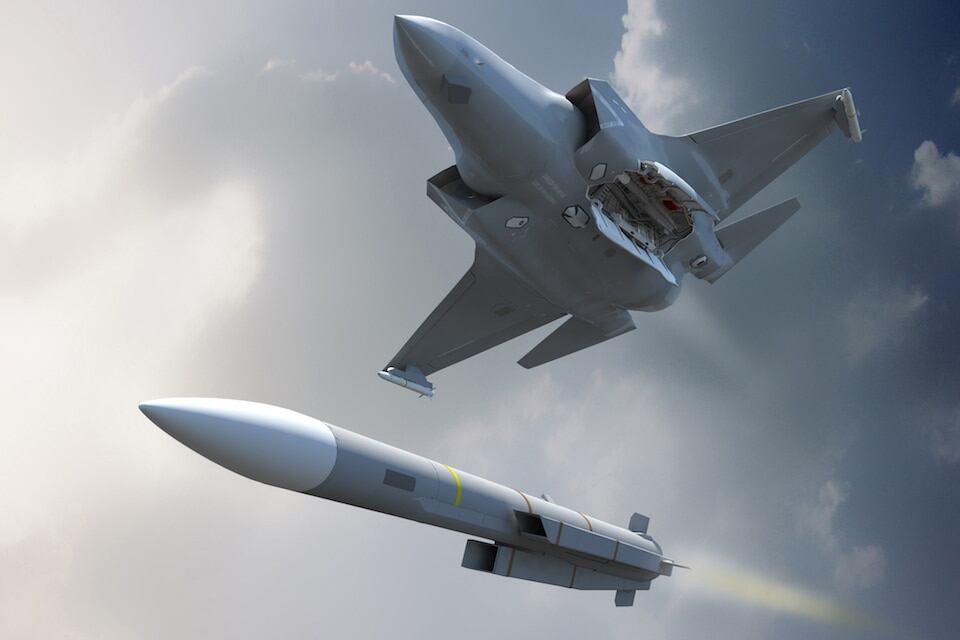SEOUL, South Korea ― South and North Korean army generals are set to discuss a matter of moving away their respective long-range artillery from the heavily fortified border in the upcoming high-level military talks as part of efforts to ease cross-border military tension, according to defense officials.
The Ministry of National Defense has denied local media reports that said the two sides had already discussed the tension-defusing measure during the June 14 inter-Korean military talks at the truce village of Panmumjom in the Demilitarized Zone that divides the two Koreas. Multiple ministry sources have acknowledged the relocation of artillery is among the agenda items for the follow-up talks slated for as early as later this month.
“Both sides didn’t make mention of removing artillery guns near the border but talked about the possible reduction of front-line conventional weapons to prevent accidental clashes between the two militaries,” said a ministry source, speaking on condition of anonymity. “As the artillery forces near the border are regarded as a major threat to both sides, the issue is likely to be discussed as a key agenda item in the upcoming talks.”
Last week’s military talks, led by two-star generals from their respective armies, were the first of its kind in more than a decade. They also served as a follow-up on the so-called Panmunjom Declaration from the April 27 inter-Korean summit, which promised an end to hostile actions between the neighbors.
RELATED

For South Korea, the North’s artillery deployed near the border justifies the former’s defenses, as the North’s weaponry is capable of hitting Seoul and surrounding areas. According to the latest South Korea defense white paper, published in 2016, the North Korean military has about 14,000 artillery weapons, including 5,500 multiple rocket launchers, a majority of which have been deployed near the border.
The North is also said to have forward-deployed about 150 170mm self-propelled howitzers and 200 240mm multiple rocket launchers to fire 10,000 rounds within an hour. In addition, the North’s longer-range 300mm multiple rocket launchers are said to be capable of reaching key U.S. military installations in Pyeongtaek ― about 70 kilometers south of Seoul ― and the South Korean military compound Gyeryongdae, some 150 kilometers south of Seoul.
South Korea wants North Korea’s forward-deployed artillery guns to be moved back 30 to 40 kilometers from the border, Yonhap news agency reported.
Security experts in South Korea anticipate Pyongyang, in return, will demand that key artillery operated by South Korean and U.S. forces move back to reduce the combined forces’ artillery threat against the North.
“North Korea is expected to demand, in particular, the removal of the Army Tactical Missile Systems, or ATACMS, deployed by the U.S. Army’s 210th Field Artillery Brigade near the border,” said Kim Dae-young, a military analyst at the Korea Research Institute for National Strategy. “The unit is mainly tasked with defending South Korea against possible multiple-rocket attacks from the North.”
RELATED

ATACMS is a surface-to-surface precision-guided missile system with an estimated range of about 300 kilometers and is capable of hitting the North Korean capital of Pyongyang. The brigade also operates M109A6 Paladin howitzers and artillery-locating radars to simultaneously engage targets.
The South Korean Army has deployed about 1,000 K9 self-propelled howitzers near the border and plans to deploy newly built surface-to-surface missiles, which can destroy North Korea’s hardened long-range artillery sites, with an artillery brigade that will be stood up in October.
The brigade is also to operate the Chunmoo Multiple Launch Rocket System, which can fire three types of ammunition: 130mm non-guided rockets; 227mm non-guided rockets; and 239mm guided rockets. The range of the rockets are 36 kilometers, 80 kilometers and 160 kilometers, respectively.
Email: jeff@defensenews.com
Jeff Jeong was the South Korea correspondent for Defense News.








